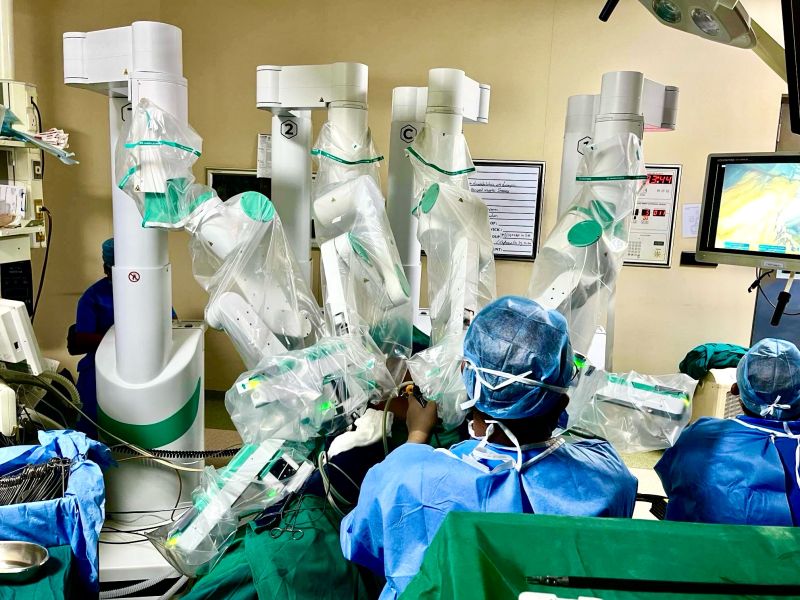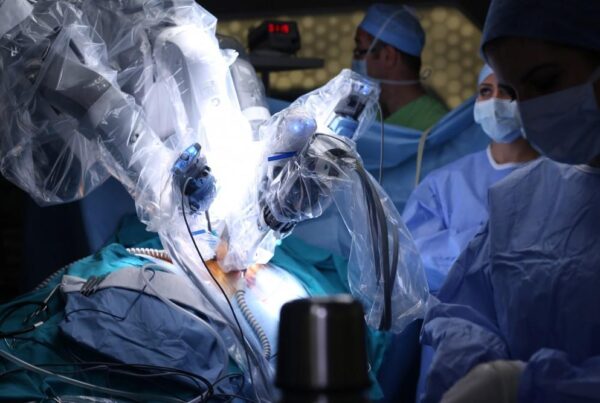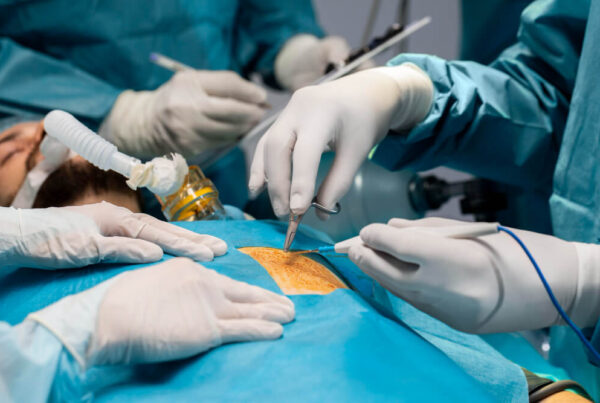
Robotic Surgery: Precision in Minimally Invasive Procedures
Robotic surgery is a major new development in medicine, changing how surgeries are done. It helps doctors perform complicated operations more accurately and with greater accuracy. Robotic surgery does not replace a surgeon; instead, it allows surgeons to perform operations with greater precision and control, enhancing their skills and improving patient outcomes.
Robotic surgery involves the use of robotic systems to facilitate minimally invasive surgical procedures. Unlike conventional surgery, which often requires large incisions, robotic techniques allow surgeons to operate through smaller incisions using robotic instruments controlled by a console. This approach minimizes trauma to the body, resulting in reduced pain, shorter recovery times, and less scarring for patients.
The robotic system provides surgeons with a 3D high-definition view of the surgical area and instruments that can mimic the natural motion of the human hand. This level of dexterity allows for greater precision in delicate procedures Advantages of Robotic Surgery
1. Minimally Invasive:
By utilizing smaller incisions, robotic surgery often results in less blood loss and lower risk of infection. Patients typically experience less postoperative pain and can return to their normal activities more quickly than with
traditional open surgery.
2. Enhanced Precision:
The robotic arms offer a range of motion that surpasses human capability, allowing surgeons to perform intricate maneuvers with remarkable accuracy. This is particularly beneficial in complex surgeries where precision is
critical.
3. Improved Visualization:
The advanced imaging technology associated with robotic systems provides surgeons with a magnified, high-definition view of the surgical site. This enhanced visualization helps in identifying critical structures and improving
overall surgical outcomes.
4. Reduced Hospital Stay:
Many patients undergoing robotic surgery can expect shorter hospital stays, often going home the same day or within 24 hours post-procedure. This not only improves patient satisfaction but also helps reduce healthcare costs.
5. Lower Risk of Complications: Studies have shown that robotic-assisted surgeries can lead to fewer complications compared to traditional approaches. This includes a reduced risk of infection, minimized blood loss, and lower rates of postoperative complications. Best Gastroenterology Hospital in Ahmedabad ,India
While the benefits of robotic surgery are compelling, there are some limitations and considerations to keep in mind. The cost of robotic systems can be significant, and not all hospitals have access to this technology. Additionally, specialized training ensures that surgeons who are proficient in robotic techniques can provide the highest level of care, leading to better outcomes for patients who have access to this advanced option. Patients considering robotic surgery should engage in thorough discussions with their healthcare providers to understand the specific benefits and risks associated with their individual conditions. It is essential to choose a surgeon with experience in robotic techniques to ensure the best possible outcomes.




